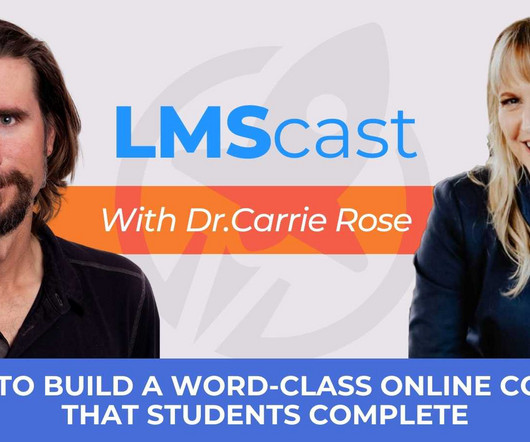Designing to Persuade: 5 Elements of Messages that Stick
Mike Taylor
NOVEMBER 14, 2023
According to Miller (1956), our cognitive capacity for processing information is limited, suggesting that a clear, concise message is more likely to be retained and understood. Mayer’s (2009) Cognitive Theory of Multimedia Learning suggests that people learn better from words and pictures than from words alone.





























Let's personalize your content